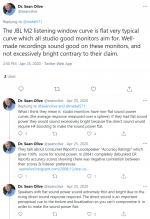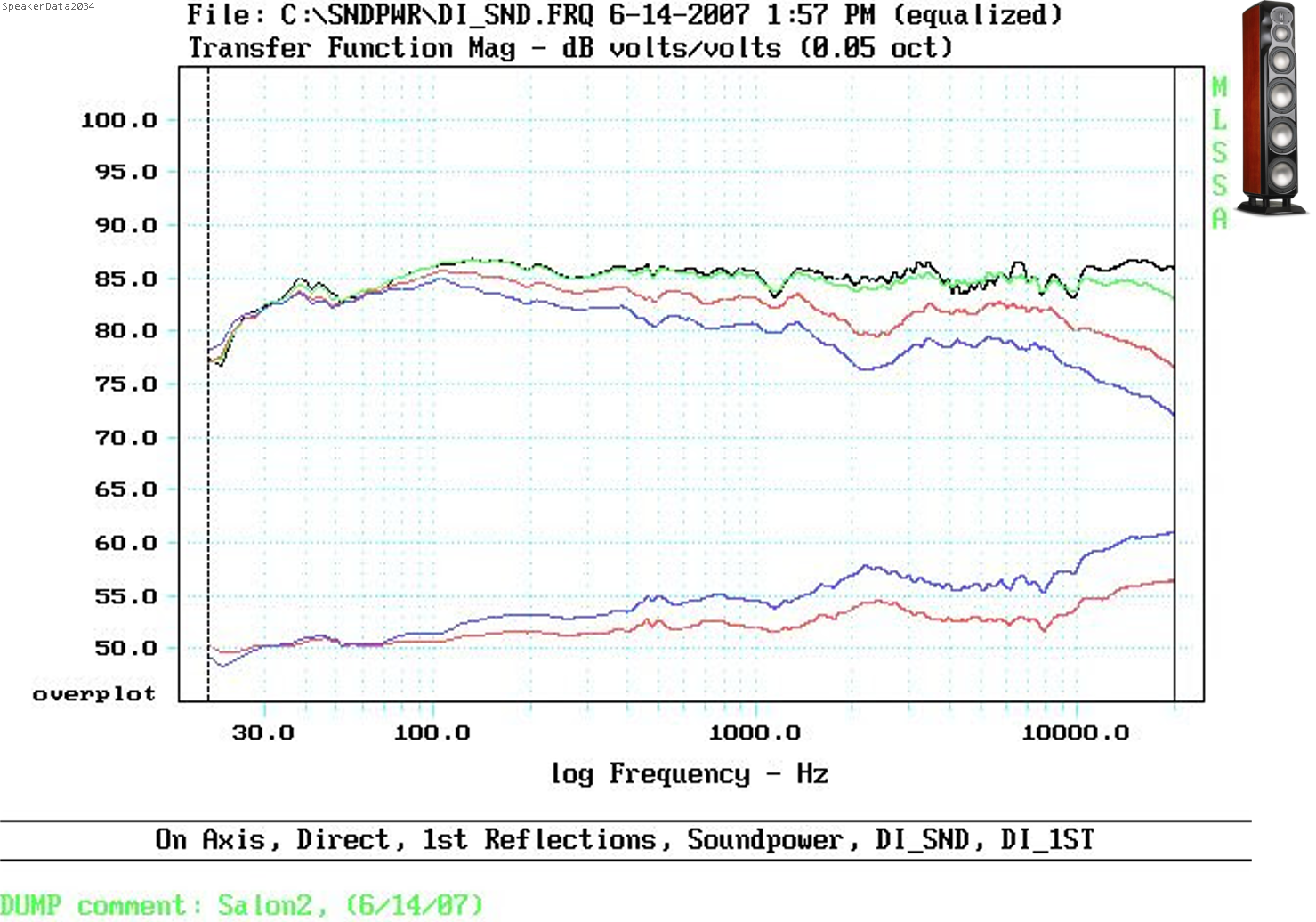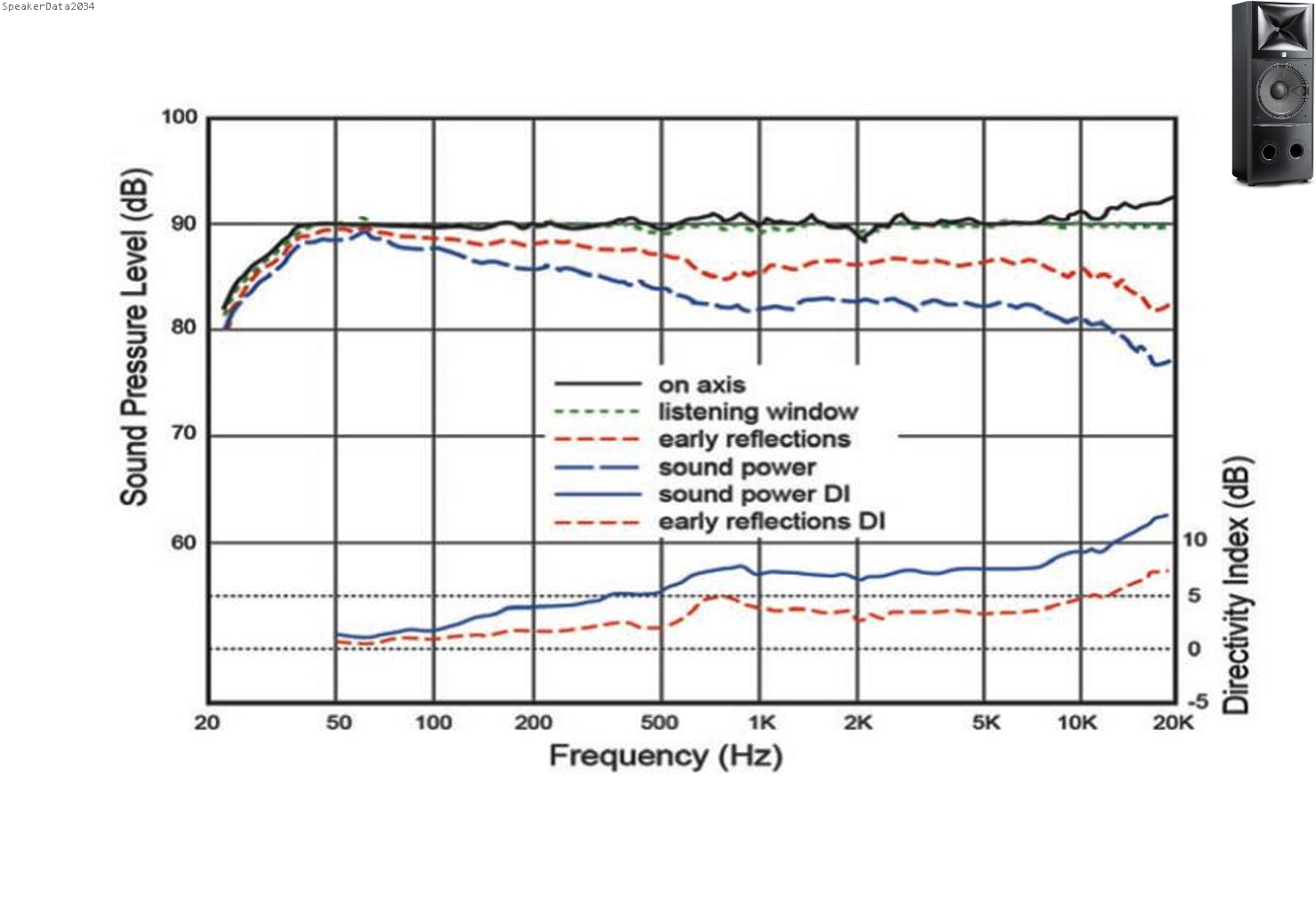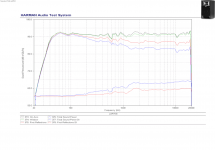I think that higher number was on the initial method with a limited test group. The final (so far as I know) and generalized method applied to a much larger group of speakers was about 72% predictive ability. Still pretty valuable obviously.
Going back to why I made the comment, it seems interesting to me that there was a "stable" subgroup of participants that reliably picked the M2 in that shootout. I wonder why?
To connect that with your comment, I would just reply we thought we had electromagnetism pretty well figured out for most cases too, we just had to wrap up that minor issue of black body radiation.
To connect that with your comment, I would just reply we thought we had electromagnetism pretty well figured out for most cases too, we just had to wrap up that minor issue of black body radiation.
Going back to why I made the comment, it seems interesting to me that there was a "stable" subgroup of participants that reliably picked the M2 in that shootout. I wonder why? .
Couldn't that be the point where personal preference kicks in ? Salon 2 is a little more spacious but M2 have slightly better imaging. What one values more could be the thing that tips the scale.
I mean it could be. Or it could be tied to something measurable. I just don't know but thought it was an interesting result in that shootout.
Spaciousnes and imaging are subjective descriptions of measurements and are a product of a certain directivity in a specific room.
Preference for more spacious or more pinpoint imaging, and what we value more, is what could make the difference and doesn't show that any of the two loudspeaker is better, but rather that they're different and because of it will adhere to a different kind of people.
Preference for more spacious or more pinpoint imaging, and what we value more, is what could make the difference and doesn't show that any of the two loudspeaker is better, but rather that they're different and because of it will adhere to a different kind of people.
Last edited:
What is interesting about that shootout, there was a small group that consistently picked the M2. In Harman's own predictive preference model, it explained 72% of listener preference. So clearly there is still room for some phenomenon to be recognized and/or subjective preferences of different people are just different some times.
Apparently the model is better if you exclude bass. But both speakers are great in that respect.
Sean Olive said "well-made recordings" sound good on the M2 (and similar studio monitors). So maybe there's no problem with the model but with the program material. He also thinks recordings are the main problem with audio today.
"The main problem with audio today is the lack of quality control in how recordings are mixed and monitored. There is no quality control or meaningful standards that define the performance of loudspeakers and rooms in which they are made and reproduced. A common loudspeaker standard shared by the professional and consumer audio industries would significantly improve the quality of sound" - Sean Olive, 2016 Sound and Vision Interview, page 1
He also said this on page 2 regarding the M2
Given JBL’s professional heritage, we place more emphasis on accuracy, efficiency, and how loud it can play without distortion. For the JBL M2 reference monitor, this is achieved by using a high performance compression driver, woofer, and waveguide optimized to produce a flat, smooth, and extended response. For Infinity loudspeakers, accurate sound is the goal, but there is less emphasis on efficiency and maximum output.
Earlier in the thread TBTL explained the M2 advantage was it could play loud. So maybe the only way for the M2 to outperform the Salon2 is to turn them way up.
If we knew the conditions under which the M2 could reliably beat the Salon2 it would help.
Attachments
Couldn't that be the point where personal preference kicks in ? Salon 2 is a little more spacious but M2 have slightly better imaging. What one values more could be the thing that tips the scale.
I mean it could be. Or it could be tied to something measurable. I just don't know but thought it was an interesting result in that shootout.
I think that these are both true. I would guess that Zvu is correct, but I take augerpro's point that we really don't know for sure.
Again, I'd love to see the spinorama data compared for these two products.
I think that playback level is also a big factor because we know that things like diffraction become more audible at higher SPLs. Many audiophiles simply reject the idea of high volumes. I remember a lecture by S. Linkwitz where he described how he designed a system based on an 85 dB level. I asked if his analysis would hold up at higher SPLs and his response was that he doesn't listen at higher levels.
Thank you very much!
To me the M2 should win hands down. Curious.
The M2 is more directional that's for sure, but it is hard to imagine that makes up for the other differences.
To me the M2 should win hands down. Curious.
The M2 is more directional that's for sure, but it is hard to imagine that makes up for the other differences.
what features most make you think that? the large flat area in the DI of the M2? is it significantly better than the slightly bumpy rising DI of the revel?
The M2 has a much smoother frequency response and a higher and smoother/flatter DI (especially around the critical 1-3 kHz range). Those are both winners to me. The only thing that I might change is to flatten the DI above 8 kHz and then a slow roll-off of the direct sound above there. Room sound power stays about the same by the direct sound isn't so harsh as can get with directional sources. This seems to many to be a little better approach than the ruler flat direct and with a rising DI. But that's a much more complex argument to get into.
I think that playback level is also a big factor because we know that things like diffraction become more audible at higher SPLs. Many audiophiles simply reject the idea of high volumes. I remember a lecture by S. Linkwitz where he described how he designed a system based on an 85 dB level. I asked if his analysis would hold up at higher SPLs and his response was that he doesn't listen at higher levels.
yup, different SPL targets for speaker design
Did we ever discuss the possiblity that this smoothness is connected with an apparently intentional pseudo-random distribution of discontinuities across the waveguide.. that maybe the polars themselves are not giving the whole story on their own?The M2 has a much smoother frequency response and a higher and smoother/flatter DI
The M2 is more directional that's for sure, but it is hard to imagine that makes up for the other differences.
There is also the difference in woofer structure. In 2Pi space the 3x8" woofers will have less floor bounce than 1x15".
Last edited:
If by AM and FM distortion tests you mean two tone testing with widely separated tones then no, I don't have anything to hand, however I highly doubt that FM modulation is a significant issue with a tweeter because for the phase modulation of the high tone to be sufficient the low tone has to be low enough in frequency to produce a lot of excursion relative to the high tones wavelength, and that just isn't going to happen with a 3Khz+ crossover frequency.
AM distortion is in the same boat - significant excursion would be required. The main sources of distortion in a tweeter with a high pass filter are going to be plain old non-linearity which will show up in harmonic and (closely spaced) two tone testing.
You can find some examples of both measurements here:
Zaph|Audio
(Be warned, Zaph is very anti-ribbon 😉 )
Ever considered that perhaps the reason why you haven't seen the data is that it just isn't all that important once a certain minimum threshold of performance is reached ? Just because we have the technology to measure all kinds of cool things in minute detail doesn't necessarily make the data useful, nor does it guarantee that it translates directly into audible differences.
If you've never seen published AM/FM distortion data on drivers how can you be so sure that it is the explanation for the differences you hear ?
Just thought this bit of data might be relevant here. I have a ribbon design that literally measures an order of magnitude better distortion than typical. You can take the exact same ribbon, add this mod, and boom distortion at the lower end of its operation (between 1 and 2 khz) goes from 1-2 % to .1-.2% at 95 db 1 meter. Its the exact same ribbon in every way BUT with a slight change to the free swinging ribbon diaphragm.
Now heres the thing. I and many others hear no difference in the sound quality when flopping back and forth ( this done with a switch at listening seat for real time compare)
This is just measuring THD so figure that in.
The lower distortion ribbon is better at diaphragm motion control so it can be played at higher levels that the standard ribbon BUT at lower levels we hear absolutely no difference in sound.
- Home
- Loudspeakers
- Multi-Way
- benefits and drawbacks of waveguides



